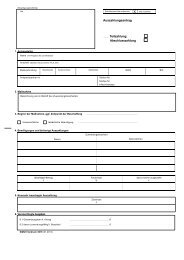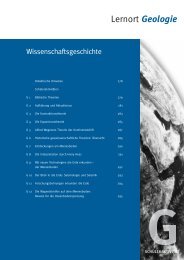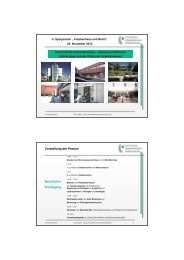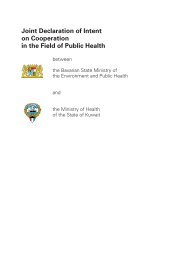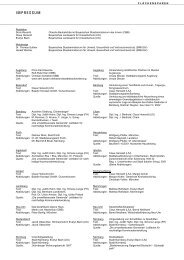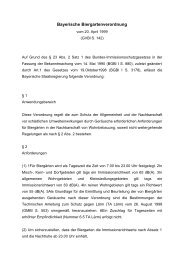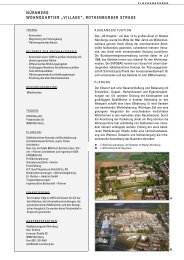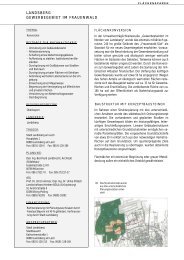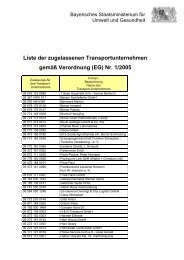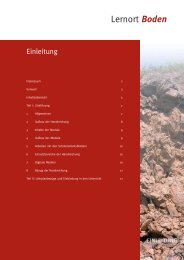Ergebnisbericht des Institus für Therapieforschung (IFT)
Ergebnisbericht des Institus für Therapieforschung (IFT)
Ergebnisbericht des Institus für Therapieforschung (IFT)
Sie wollen auch ein ePaper? Erhöhen Sie die Reichweite Ihrer Titel.
YUMPU macht aus Druck-PDFs automatisch weboptimierte ePaper, die Google liebt.
10 Kröger & Heppekausen, 2002, Förderung <strong>des</strong> Nichtrauchens bei jungen Rauchern<br />
Aims of the study were (1) to implement the short intervention in physicians´ offices<br />
and (2) to evaluate the intervention by questioning the young smokers that participated<br />
in the study.<br />
The first target of the project was to establish the intervention in at least 120 offices. In<br />
order to obtain this target the profession associations of the gynaecologists, general<br />
practicioners and pediatricians in Bavaria were contacted. Physicians were also informed<br />
by publications, short messages, newsletters and oral representations. The<br />
project and the material were published in the internet (chapter 4.1.1).<br />
The Bun<strong>des</strong>verband Deutscher Allgemeinärzte (BDA) mailed the material to almost<br />
3.500 physicians (36% of the Bavarian general practicioners). Because the physicians<br />
for young people were engaged in another study on smoking, they did not participate in<br />
this project. The support of the profession association of the gynaecologists could not<br />
be achieved <strong>des</strong>pite of several contacts and different initiatives that were started (chapter<br />
4.1.2). The highest interest in the material could be achieved by the BDA mailing.<br />
423 physicians (12.1% exhaustion quote) asked for the broschures and some of them<br />
for additional information material. Being informed by different information channels<br />
another 50 physicians asked for the material (chapter 4.1.3). Because of the high interest<br />
not all offices could receive the material.<br />
In order to evaluate the use and the acceptance of the material, 428 physicians who<br />
received the material were questioned. The flyback was about 20% and within the expected<br />
range. Half of the physicians had used the checklist and 80% the broschure.<br />
The users rated the material mostly positive or very positive (table 7 and 8). 90% of the<br />
physicians reported that the project motivated them to start interventions for young<br />
smokers or to intensify these. 98% would like to receive the broschure furthermore.<br />
The physicians judged that they see in average 46 young patients per week, of which<br />
one third are smokers. The physicians of the study see about 7.500 young smokers<br />
each week.<br />
As an obstacle for their intervention with smokers 48% of the physicians named that<br />
the adolescents have no or only little interest in the topic of smoking. 37% saw no obstacles<br />
at all. Further problems concerning the treatment of young smokers the physicians<br />
see in insufficient payment (24%), little prospect of success and too much effort<br />
of time. The interest to assist young smokers in quitting is expressed by physicians that<br />
participated in the questioning (chapter 4.2).




